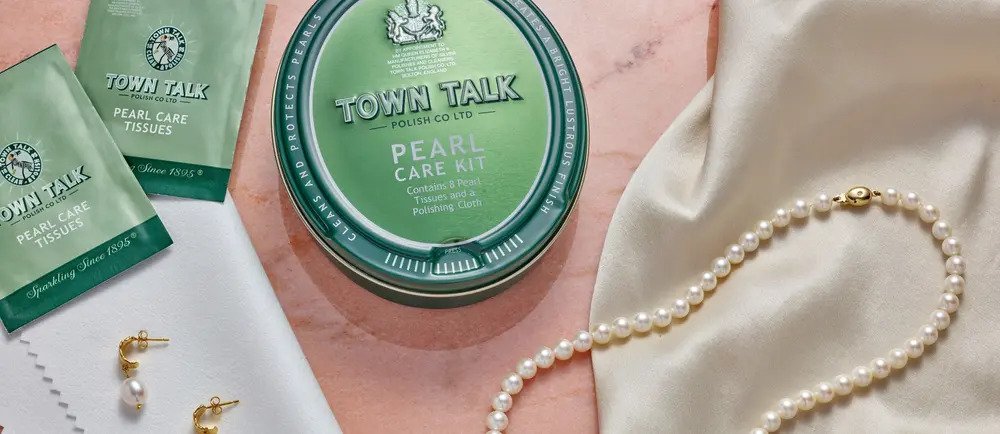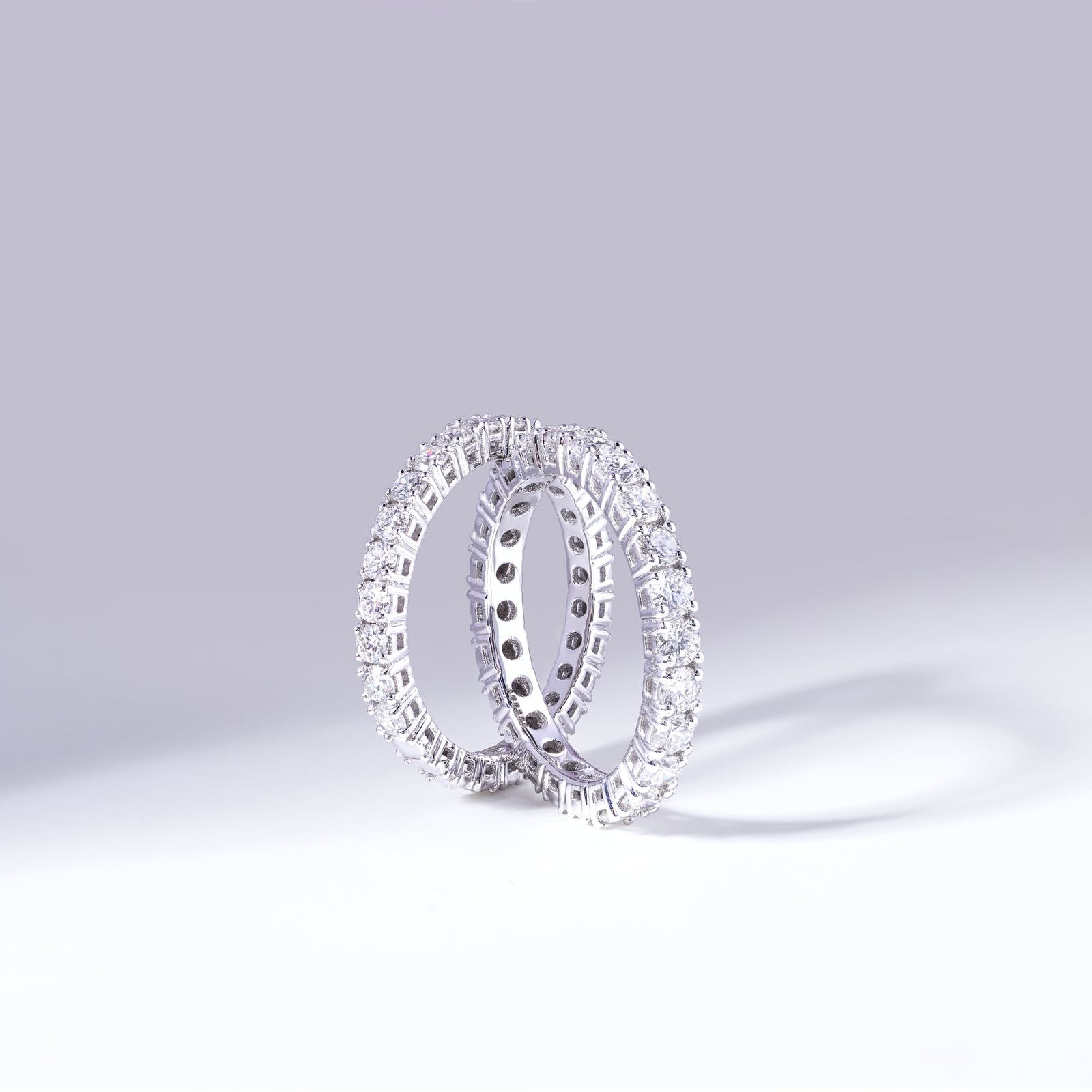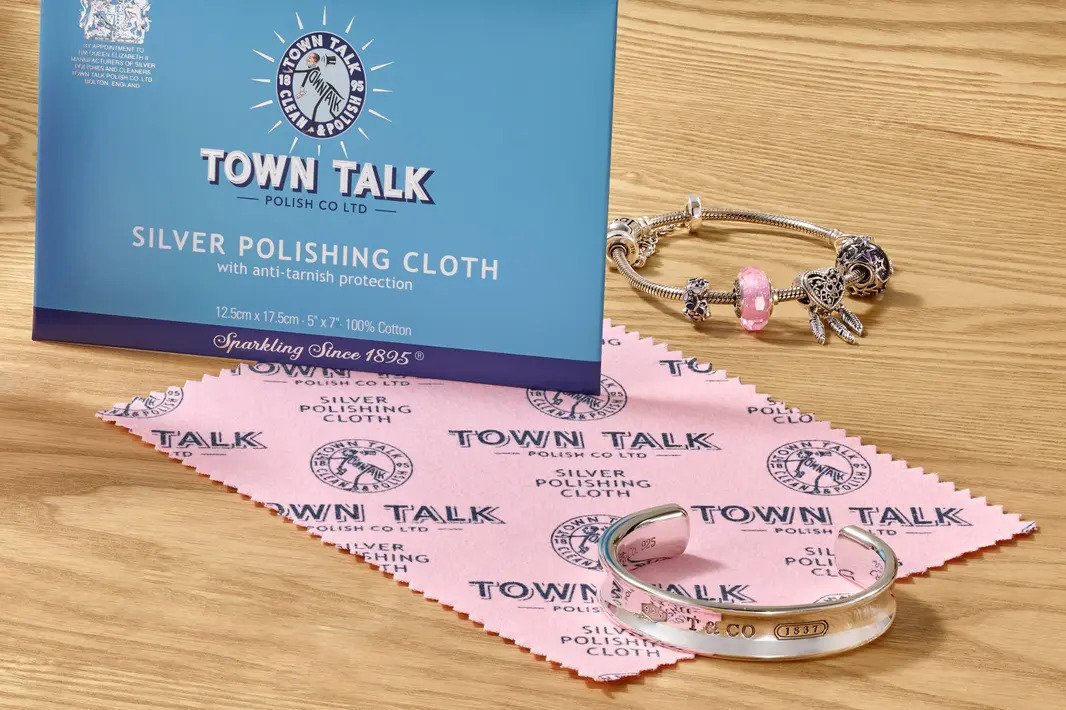how to clean pearl jewellery
How to preserve your pearl jewellery’s ethereal lustre.
Pearls are among the most delicate of all gems, being formed in nature in a very specific environment. Thus, they need very gentle care, as they are prone to becoming pitted and dull if they come into contact with the wrong products.
Here are some tips to keep your pearls protected during use, and a complete method for preserving their ethereal lustre.
day to day use
Pearls are sensitive to acids, chemicals, body oils and perspiration, so avoid contact with perfume, cosmetics and hairspray. Always put your pearl jewellery on last when you are getting ready to reduce their exposure to beauty products.
Never wear your pearl jewellery whilst swimming as the chlorine could badly harm them.
Wearing pearl jewellery? Here’s an excuse to rest from the housework. The chemicals from household cleaners could damage your pearls, so no dishes or deep cleaning whilst you are wearing your jewellery. Either remove it, or take the day off!
Remove pearls before exercise to protect them from perspiration.
cleaning your pearls
We recommend Town Talk’s Pearl Cleaners which are ideally pH balanced for pearls and will clean the delicate surface of these natural gems effectively. Choose between our Mini Pearl Spray, and one of our Pearl Care Kits. All will safely clean the impurities away from your pearls and they come with a soft microfibre cloth to polish them dry afterwards.
If pearls are not cleaned correctly, the surface can become pitted and dull. Soap may not remove all the surface impurities and, indeed, may harm the pearls if the soap is too harsh. The soap residue may also remain on the pearls, leaving them looking dull and lifeless.
Pearl necklaces and bracelets should never be dipped or washed as this may cause the thread to expand which could crack the pearls.
STORAGE
When you remove your pearls, give them a wipe down with a Town Talk Microfibre Polishing Cloth. This is gentle, chemical free, and will take off any surface residue from the day.
Do not store your pearls in plastic as this cuts off the flow of moisture from the atmosphere, which pearls need to be at their best. Never hang strung pearl jewellery to store it, as this can put undue pressure on the thread.
Instead, store your pearls out of sunlight in a safe place to ensure they won’t suffer any knocks or scratches whilst in storage. The box that your pearls originally came in may be suitable, or a dedicated compartment of your jewellery box.






























